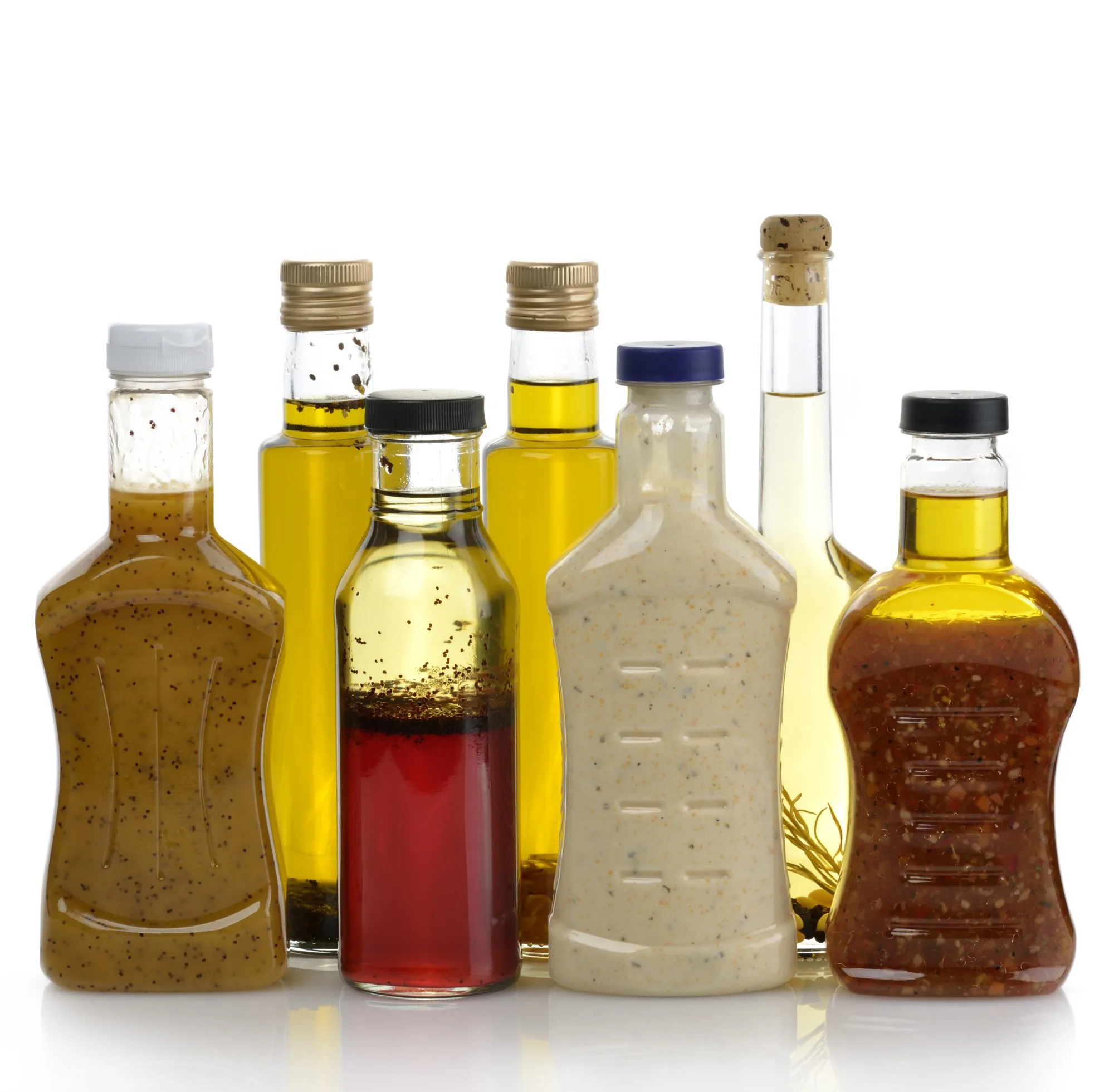What is this ingredient?
Propylene glycol is a synthetic liquid substance that absorbs water. According to the Agency for Toxic Substances and Disease Registry, it is most commonly used to make polyester compounds, and as a base for de-icing solutions. It has many secondary uses, including to absorb extra water and maintain moisture in certain medicines, cosmetics or food products; as a solvent for food colors and flavors; to create artificial smoke or fog used in fire-fighter training and in theatrical productions; and as a substance in the paint and plastics industry.
Where is it most commonly found in food?
Salad dressings.
What is this ingredient also called?
Other names for propylene glycol are 1,2-dihydroxypropane, 1,2-propanediol, methyl glycol and trimethyl glycol.
Is propolene glycol bad for us?
Both the Food and Drug Administration (FDA) and the World Health Organization have classified propylene glycol as an additive that is “generally recognized as safe” for use in food; however, the WHO has specified the acceptable daily intake of propylene glycol as a food additive at 25mg/kg/24 hours.
The European Food Safety Authority also recognizes it as safe for consumption, but regulates its use, ensuring lower quantities of it in food and beverage products than in the US. In South Africa there are no specific regulations; the Department of National Health and Population Development simply recommends that the industry follow Good Manufacturing Practice. US studies on dogs and rats who were fed doses of propylene glycol ranging from 2g to 5g per kilogram of body weight per day showed no links to cancer. The acute oral toxicity of propylene glycol has been found to be very low, and large quantities are required to cause perceptible health damage in humans. Propylene glycol is metabolized in the human body into pyruvic acid (a normal part of the glucose-metabolism process, readily converted to energy), acetic acid, lactic acid (a normal acid generally abundant during digestion), and propionaldehyde (a potentially hazardous substance).
It is most dangerous when found in medication, where it is used as a vehicle for drugs or vitamins taken intravenously or orally. The high concentration of propylene glycol contained in certain intravenous drug products, such as phenytoin, diazepam, digoxin and etomidate, may induce thrombophlebitis (inflammation of the wall of a vein with associated thrombosis). Rapid infusion of solutions containing high concentrations of propylene glycol-containing drugs has been linked to respiratory depression, arrhythmias, hypotension and seizures. Seizures and respiratory depression have also occurred in children who have ingested oral solutions containing propylene glycol.
The substance is also found in a higher concentration in alcohol, which allows a ratio of 50g of propylene glycol to every 1kg of product. A recent case of propylene glycol poisoning from excess whisky ingestion was reported, in which a young man required ICU admission for respiratory depression; however, this is noted as a rare case.
What is the healthiest and closest taste substitute for this food item?
Homemade salad dressing, or olive oil, balsamic vinegar and spices. Click here to find out why you should include olive oil more in your salad dressings.
Has this ingredient been banned in any countries?
It has not been banned in any countries, although its use is restricted in Europe. Click here to find out how you should choose your olive oil brand – the one you are using now may be fraudulent!




